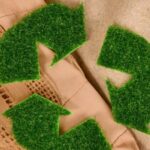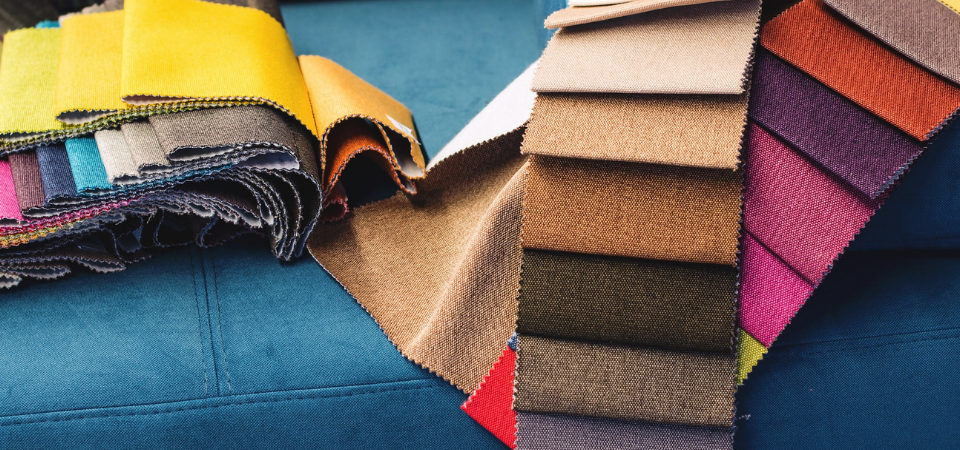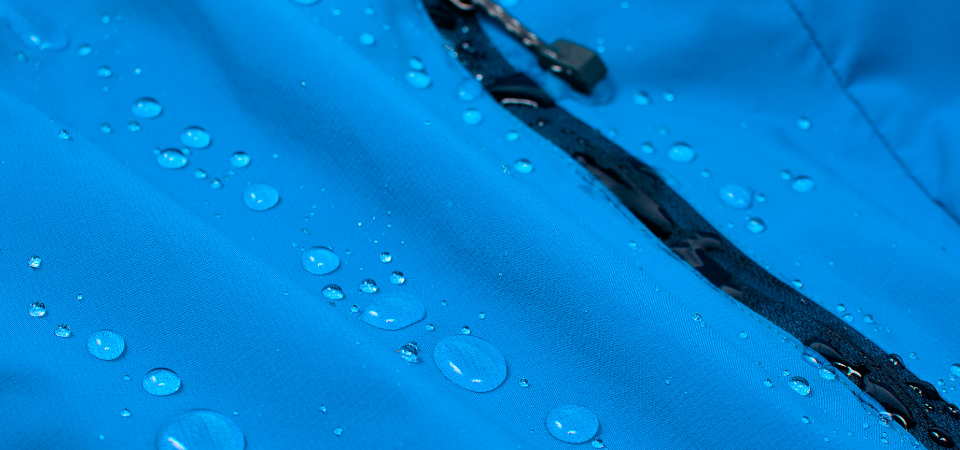
Let’s Get to Know Sustainable Fashion Trends Closer
October 4, 2023
Sustainable Yarns Weaving a Greener Path
October 9, 2023Sustainability is one of the most important concepts of both today and the future. Sustainable approaches become crucial, especially when the issue comes to the fashion industry. Regenerative cotton is one of the practices of sustainable textile in agriculture and refers to cotton produced under sustainable conditions. Considering the environmental and social effects of our choices, cotton produced with an environmentally friendly approach has played a major role in the fashion industry. A new and environmentally friendly way of growing cotton, this method has emerged to minimize the damage caused by traditional cotton production. Since cotton is the most used fiber in the fashion industry, a sustainable and environmentally friendly production method is needed. Regenerative cotton that meets this need is a promising approach.
What Is Regenerative Cotton?
Regenerative cotton is a special type of cotton due to its growing under regenerative agricultural conditions. In these agricultural conditions, soil health, ecosystem conservation, and clean use of water are observed. Although this cotton is very similar to organic cotton, it is different. Cotton produced with regenerative agriculture not only focuses on production without chemical use but also on biodiversity, soil health, and closed-loop systems. Since it is a very sustainable approach, demand is increasing among consumers. Cotton farming produced in regenerative conditions is very successful in reducing the need for chemicals and increasing soil fertility.
Why Do We Need More Regenerative Cotton?
There is a need for sustainability in all areas of the fashion industry, and it is possible to see this need in the agriculture of fibers. Cotton is undoubtedly one of the most important elements of the fashion industry, and the production phase is unfortunately unsustainable. Producing the most important element of the fashion industry, which is a major pollutant, under sustainable conditions, is a very important step. The environmental benefits provided by regenerative cotton, which also supports the slow fashion approach, make this approach even more important. It stands out with benefits such as focusing on soil health and productivity, saving farmers from an economic burden, and contributing to the increase in biodiversity. For such benefits, regenerative cotton is needed more than the traditional one.
The Future of Regenerative Cotton
Just like regenerative cotton, most approaches where sustainability is at the forefront are promising. Consumers are gaining more awareness of sustainability and the environmental impact of their choices day by day. This awareness motivates them to make environmentally friendly choices. It is an undeniable fact that sustainability will come to the fore in every area, especially in the fashion industry, where cotton is used frequently.
Moreover, it is possible that this situation is supported not only by consumers but also by manufacturers. With the absence of chemical use, both the health of the manufacturers and the material burden imposed by the chemicals and several applications disappear. Due to the fact that sustainable agriculture has a good reputation in society, big brands are expected to include more of this content in their products.
What is Regenerative Agriculture?
Regenerative agriculture is one of the sustainable agriculture approaches. In fiber production, the damage caused by the fashion industry to the environment is trying to be reduced. It includes many applications, such as the absence of soil in the production process, the correct practices, the preservation of living diversity and soil fertility, and the promotion of farmers production. Not only does its harm, but improvement is also based on this approach. With a number of special methods, this form of agriculture is developing, and products such as cotton are produced. These special methods include methods such as using cover crops to protect soil health and prevent harmful plants and insects, and planting and resting the soil at certain times. Regenerative agriculture is an approach that is expected to become more important in the future.
What Does It Have to Do with Fashion?
Regenerative agriculture plays an important role in creating a sustainable future. The fashion industry is the second largest pollutant in the world, and one of the important elements of this industry is cotton. In traditional cotton production, there are chemicals and intensive water use. This situation is reflected in the environment. It is aimed at reducing the destructive effects of traditional cotton through regenerative cotton. Considering the environmental impact of our choices today, it becomes easier to understand why this cotton is of great importance in the fashion industry.
Why Regenerative Cotton Over Organic Cotton?
Organic cotton is a very advantageous choice, given its durability and environmental impact. During the production phase, GMO seeds, chemicals, and extreme amounts of water are not used, but these steps begin to come after a while for sustainability. Although it is effective in reducing the damage to the environment, it cannot sustain this effect for a long time. For these reasons, regenerative cotton is a much more advantageous and prominent option. This production method benefits not only in the short term but also in the long term. Thanks to this cotton, soil health is protected and improved, biodiversity is preserved, energy use is improved, and these applications are maintained for a long time. Cotton organic produced under regenerative conditions is more advantageous than cotton, as it is a more permanent approach.
What is the Impact on the Environment?
Regenerative cotton has a major positive impact on the environment. It includes environmentally sensitive steps by avoiding traditional practices, so it will be a concept that is of great importance to the environment in the future.
First, cotton farming produced under regenerative conditions focuses not only on production but also on improving soil health. Soil fertility is observed with applications such as cover crops and periodic cultivation. Thanks to these applications, the soil can hold more water, and the variety of plants and animals can increase greatly. In addition, chemical use in this type of agriculture is greatly reduced. Since the need for chemicals is reduced, many areas, especially human health, are preserved.
A high proportion of water is used in traditional cotton production. In contrast, regenerative agriculture contributes to more water retention, saving water. In this aspect, it provides an opportunity to use resources efficiently. Regenerative cotton farming makes it easy to produce cotton in the future as it provides a long-term benefit. In addition, a profitable measure is taken to climate change with regenerative applications.




